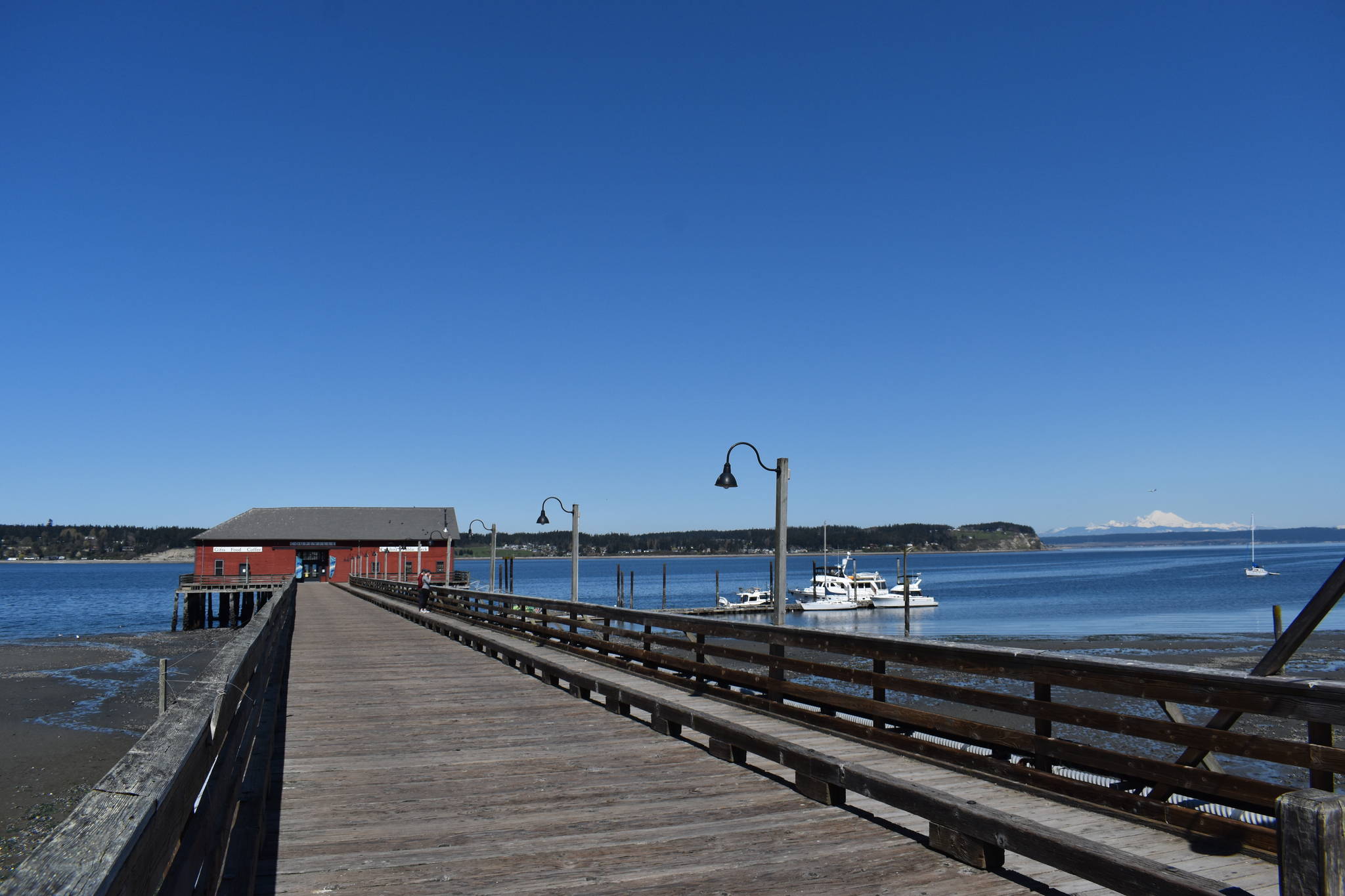The Port of Coupeville is considering a port-specific tax that could bring in up to $7.5 million for capital improvements at its historic properties.
In Washington state, ports can create industrial development districts, or IDDs, to levy funds for big projects. It does not require voter approval but is instead decided by port commissioners.
The idea was on port leaders’ radar for months, but they met with a team about next steps at the April 14 meeting.
The law gives ports a lot of leeway over how they can spend the money so long as it is for capital improvement and economic development, explained Holly Stafford, a lawyer from Chmelik, Sitkin & Davis, P.S.
The 116-year-old Coupeville Wharf needs seismic stabilization and a new dock — two costly projects — along with many more.
Dredging is also on the horizon.
The Greenbank Farm continues to be plagued by wood beetles and other woes. It also needs an upgraded septic system and new roofs for some of the barns.
“We have over $3 million in rehabilitation, maintenance, and repairs that we need to do now,” Port Executive Director Chris Michalopoulos said.
He said he would also like to see the port expand, perhaps by building another structure at the Greenbank Farm that businesses could rent, or saving a barn to turn into an event venue.
“This is an epic program for the port and the community,” he said of the IDD.
Under state law, ports can levy up to 45 cents per $1,000 assessed value per year for a maximum of six years. Or, a port can spread out the tax for up to 20 years and charge a lower rate each year.
The IDD is flexible. Port commissioners could also choose to change the rate each year or skip it entirely one year and start it again the next.
In total, a port cannot levy more than $2.70 per $1,000 assessed value during the life of the IDD.
The IDD is in addition to the port’s current levy, which Michalopoulos said is 14.79 cents per $1,000 assessed value this year.
Michalopolous said he thought a 10-year IDD would work, but the matter is ultimately left to the commissioners to decide.
Jim Darling, a strategist, told commissioners he estimated the port could bring in $7.5 million over the lifetime of the IDD.
Michalopoulos said he understands that convincing residents to approve a tax would be difficult.
“Some people are not going to want to pay extra taxes,” he said. “We know we’re going to have a lot of people who support it, and those who don’t.”
A port must also identify property that meets requirements to be deemed “marginal lands” in its district to create an IDD.
There are 10 characteristics that qualify a property as marginal land, including an area that is subject to being submerged by water, has inadequate streets and utilities and has depreciated values to the extent that tax receipts cannot cover the cost of public services.
Darling said that a preliminary overview of the port’s current properties show they each met at least one of the criteria for marginal lands.
The next step in the process is for the port to create a capital finance plan and to identify properties that count as marginal lands. The plan will outline how much funding the port needs, and how it will collect the money and when it will spend it.
Michalopoulos said it would be presented at the April 28 port meeting.



